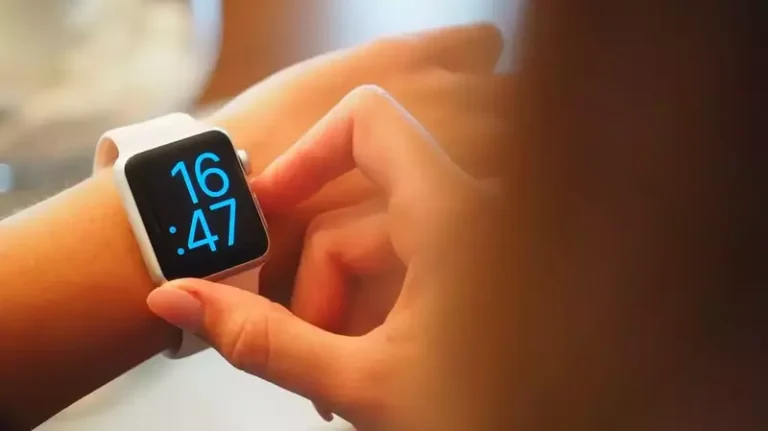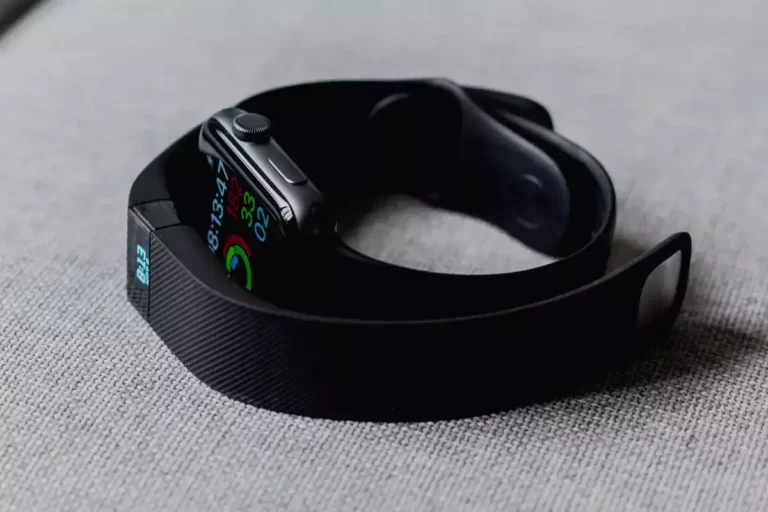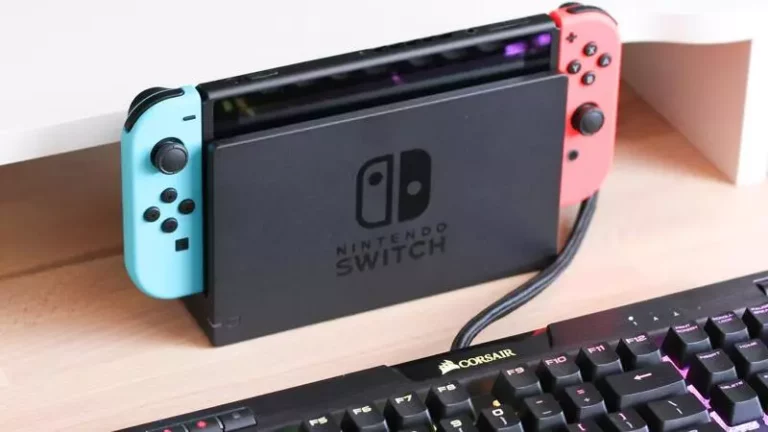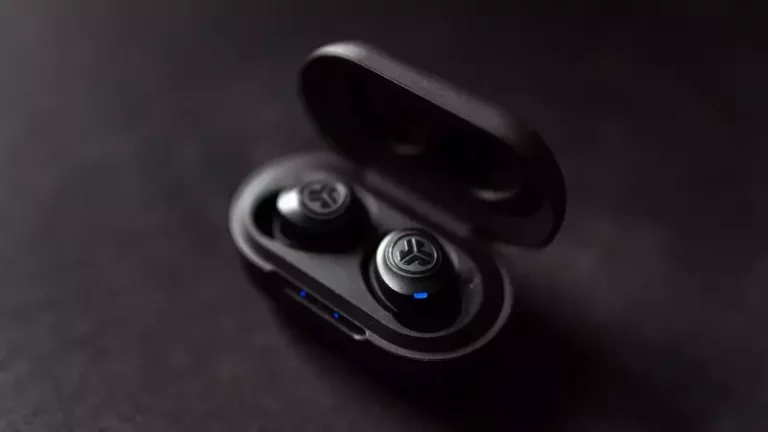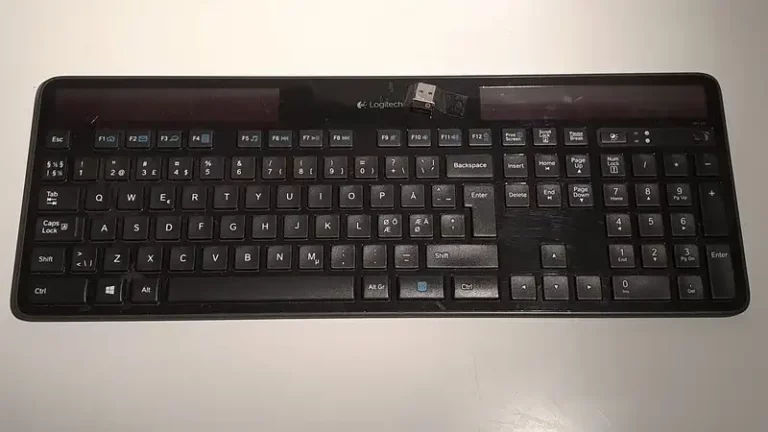Why Does Fitbit Need My Location? (Solved!)
This site contains affiliate links to products, and we may receive a commission for purchases made through these links.
A lot of people are wondering why their Fitbit needs access to their location. After all, what does a fitness tracker need with our GPS coordinates? Well, it turns out that Fitbit has several reasons for needing this information. In this blog post, I will answer the question: why does Fitbit need my location?
One of the main reasons Fitbit needs your location is the “connected GPS” feature. This feature allows your Fitbit to connect to your phone’s GPS to track your steps, distance, and pace more accurately. This is especially useful if you are going for a run or walk outside.
Keep reading as I discuss more reasons why tour Fitbit may need access to your location.

Why Does Fitbit Need My Location?
To give you the best experience, your Fitbit will ask you to enable location services when you first set it up. This allows your Fitbit to use GPS data from your phone to more accurately track and map the route of your activities like runs, walks, and bike rides.
Here are some of the main reasons why your Fitbit needs location services:
1. To give you more accurate exercise stats like pace and distance
Fitbit is designed such that the more accurate your stats are, the more useful it is to you.
This is why we use GPS data to give you pace and distance information for runs, walks, and bike rides.
2. To map the routes of your activities
So that you can see a map of your activity in the Fitbit app, GPS data is used to generate a route of your walk, run, or bike ride.
It will also show you stats like elevation changes and splits for your run or bike ride.
3. Help sync with the Fitbit App
When you download the Fitbit app, it will ask you to use your location in order to help you find and connect with nearby Fitbit users.
Additionally, if you enable the “All-Day Sync” feature in the app, your location data will be used to help improve the accuracy of your step counts and other stats.
4. To help support other features
Features like the Weather App, Notifications, and MobileTrack all use your location data to help improve their accuracy and functionality.
So you will need to enable location services if you want to use these features.
Do I Have to Use Location Services on my Fitbit?
While it is not mandatory that you use location services on your Fitbit, doing so will definitely improve your experience with the device.
If you are not comfortable with sharing your location data, then you can simply turn off location services for your Fitbit in the settings menu of your phone.
Here are some of the reasons why you might want to enable location services for your Fitbit:
1. You will not miss out on other great features
As I mentioned earlier. Fitbit uses your GPS to enable other features like the Weather App, Notifications, and MobileTrack.
So if you want to use these features, you will need to enable location services for your Fitbit.
READ MORE! What Do The Fitbit Symbols Mean? (Solved!)
2. You will get more accurate stats
If you care about accuracy for your exercise stats like pace and distance, then you should definitely consider enabling location services on your Fitbit.
This is because Fitbit uses GPS data to give you more accurate information.
3. Mapping routes becomes easier
Why go through the hassle of trying to figure out what the next street is when your Fitbit can do it for you?
If you enable location services, your Fitbit will be able to map the routes of your activities.
4. Removes syncing issues
Sometimes, your Fitbit may have trouble syncing with the app if location services are turned off.
So if you want to avoid any potential syncing issues, make sure to enable location services for your Fitbit.
How Do I Turn Off Location Services For My Fitbit?
If you ever decide that you no longer want to use location services on your Fitbit, you can simply turn it off in the settings menu of your phone.
Keep in mind that this will disable any features of your Fitbit that use GPS data.
Here’s how to turn off location services for your Fitbit:
- Open the Settings menu on your phone
- Scroll down and tap on “Location”
- Find the Fitbit app in the list of apps and tap on it
- Tap on “Off” to disable location services for your Fitbit
Why Does Fitbit Need My Location? FAQ
Can I use my Fitbit without location services?
Yes, you can use your Fitbit without location services. However, doing so will disable any features of your Fitbit that use GPS data.
Does turning off location services delete my data?
No, turning off location services will not delete your data. However, it will disable any features of your Fitbit that use GPS data.
What happens if I turn on location services after I’ve already started using my Fitbit?
If you turn on location services after you’ve already started using your Fitbit, your device will begin collecting GPS data retroactively. So you may see some changes in your stats.
Should I leave location services on all the time?
It’s up to you whether or not you want to leave location services on all the time. If you’re concerned about privacy, then you may want to turn it off when you’re not using your Fitbit. Otherwise, leaving it on will give you access to all of the features that use GPS data.
Is it safe to use location services on my Fitbit?
Yes, it is safe to use location services on your Fitbit. Your data is protected and will not be shared without your permission.
Final Thoughts
Fitbit uses GPS to improve your experience with the device and to give you more accurate information. If you’re not comfortable with sharing your location data, you can simply turn off location services for your Fitbit in the settings menu of your phone.
Hopefully, I have answered your question of why Fitbit needs your location. If you have any other questions, please send me a message, and I will get back to you as soon as possible.

Espen
Espen is the Director of ProPairing and has written extensively about Bluetooth devices for years. He is a consumer product expert and has personally tested Bluetooth devices for the last decade.

